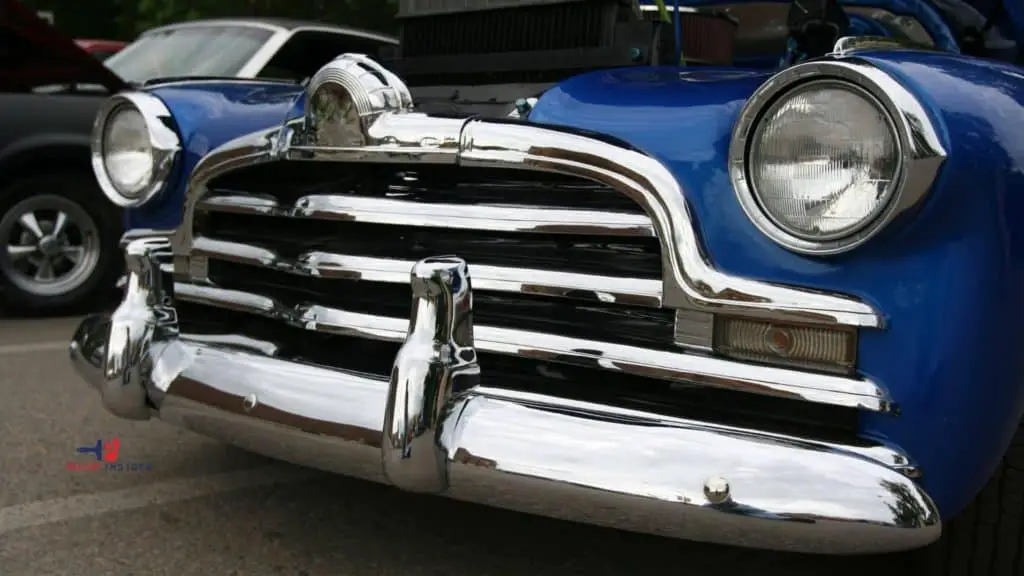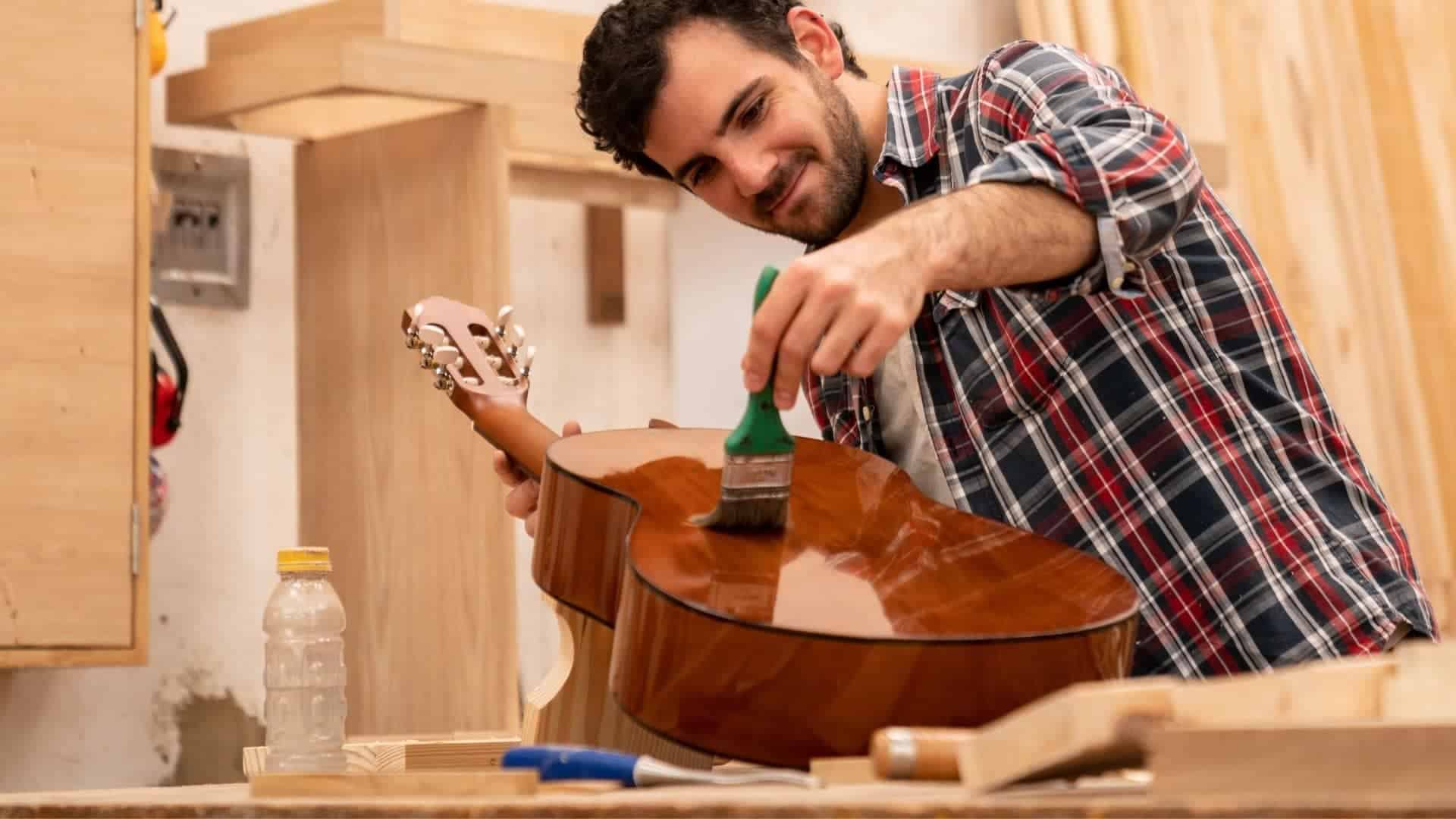Having the correct information regarding any painting project is a critical step towards achieving desired results. This article will focus on how to paint a latex mask.
3 Sure Methods To Paint Latex Mask Effortlessly
There could be many methods you can use to apply paint on your latex mask. However, each technique has specific procedures and guidelines which you must follow adequately to produce a stunning piece of painting. Before you embark on your painting project, be sure to have all the necessary supplies as seen below:
- Rubber cement
- Turpentine
- Latex-based paint
- Oil-based paint
- Compressor
- Brushes
- Dubbing substance
- Water
Method 1. Blending your Paint
This method will entail the blending of your paint with other additives such as rubber cement which you will you on your latex mask. Below are the steps involved:
Step 1. Prepare your working area and put on protective gear
Because you will be working with paint-emitting fumes, you only prepare yourself adequately. Arrange your working space for ease of painting, and most importantly, put on suitable protective gear to shield yourself from the harmful paint fumes.
Step 2. Use a paint specifically meant for latex
Although you can mix your paint to apply on your latex mask, it is advisable to purchase an already packaged paint meant for use on latex surfaces. You can make your order online and have it delivered to your place of work.
Step 3. Using Rubber Cement
Measure a significant amount of rubber cement and put it in a suitable container. Note that this step is only necessary if you decide to prepare your latex paint; Rubber cement will improve the adhesive properties of your color for easy application on your latex mask.
Step 4. Adding Turpentine to Rubber Cement
Add the correct proportion of turpentine to the rubber cement and stir until you get a consistent solution.
Step 5. Mix the rubber cement solution with an Oil-based paint
Mix your contents in a ratio of 2:1. For every two spoonfuls of your oil-based paint, add one spoonful of the rubber cent solution and stir to achieve a uniform mixture. If you mix the contents in the right proportions, you should form a paint that will easily sit on your latex mask.
Method 2. Paint Your Latex Mask With an Airbrush
Step 1. Use your airbrush and compressor
Because applying paint on a latex material requires high standards, It would be helpful to use a compressor and airbrush even to apply paint. If you are clueless about the working of the two components, consider seeking the service of a technician to help connect the airbrush and the compressor.
Step 2. Pouring your Paint into the spray can
Measure a significant amount of the paint you prepared above and pour it into your spraying can. Alternatively, you can use ready-made paint designed to be used on latex material. Ascertain that your tools are properly fixed to avoid any paint leakage.
Step 3. Actual Application Of Paint
Now you are almost done with your painting project. Hold the nozzle of your spray gun at a suitable distance from the mask and start spraying. Ensure that your spray is even and consistent by adjusting the nozzle accordingly. One coat is enough if done correctly.
The recommended drying time, in this case, should be anywhere around one to two hours. Be sure to add one more coat of the pant before allowing it to dry because you want an even and smooth finish; the final coat should be relatively thin to enhance blending properties between the latex surface and the paint.
Step 5. Cleaning your airbrush and changing colors to use
If you are painting a Halloween mask, you may have to apply various colors to your latex mask. Before switching to a different color, be sure to clean your airbrush properly to avoid messing with your paintwork. It would be helpful to rinse your airbrush tip with the color you’re switching to before filling your spray can with paint.
Step 6. Doing touches on your latex mask
Your airbrush will be very useful in adding final touches and decorations to your latex mask. Be sure to use suitable colors on specific parts of your show. The last look of your latex mask will depend on the type of shades and touches you make on your front.
Method 3. Painting your Latex Mask Using Standard Paint Brushes
Step 1. Create a primer using a thin coat of paint
Use a suitable brush to apply a thin layer of color to your latex mask. Be sure to use a thick but flat bristle paintbrush for your exercise. Get rid of excess paint drops utilizing a piece of towel.
Step 2. Allow the paint sufficient time to dry
As always, let your paint dry before continuing to the next step. Allowing your color enough time to dry will ensure that your stains stick correctly on your mask.
Step 3. Detailing your latex Mask
In this case, it would be helpful to use a small brush to detail your latex mask.
Apply gentle and calculated strokes to avoid distorting the intended look on your latex mask. As we mentioned earlier, be sure to wash your brushes thoroughly before alternating between colors.
Step 4. Use a dubbing material (Sponge) to bring out the outer feel of your mask
Because you want your mask to have an authentic and consistent look, it would be helpful for you to use a sponge to dab on the surface of your latex mask. Immerse your sponge in the paintwork on your mask until you have the results you want.
From the preceding content, you may have realized that applying paint on a latex material is a bit challenging if you don’t have the foggiest idea about the whole process. The tips featured in this article will help you to understand how to paint your latex mask with much ease.












